Top 8 Differences Between FDY And Polyester DTY - China Yarns Manufacturer And Supplier
With two of the most often utilized fibers being Polyester DTY and FDY, the polyester fiber sector has made major strides recently. Although both materials are essential for the production of textiles, they have various qualities that qualify for different uses. This paper investigates the variations between Polyester DTY and FDY, thereby clarifying their special qualities, uses, and benefits as well as their performance, cost, and environmental effect with respect to other materials.
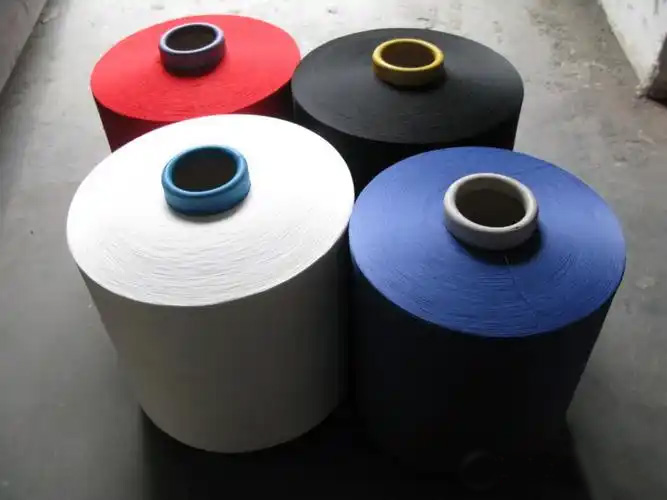
5D/6F Polyester DTY Yarn
Polyester DTY and FDY’s features
Perfect for a range of woven and knitted textiles, DTY is a kind of polyester filament yarn that undergoes texturing to impart traits like flexibility and softness. Conversely, FDY (fully drawn yarn) polyester filament yarn provides better tensile strength and a smoother surface as it is completely stretched and orientated during manufacturing.
Perfect for materials that call for flexibility and comfort, DTY usually boasts increased elasticity and resilience. On the other hand, FDY is well-known for its strength, which qualifies for uses needing durability, such as high-performance textiles and industrial fabrics.
Polyester DTY as opposed to FDY: The Production Process
DTY and FDY are produced using somewhat distinct techniques. By use of a continuous extrusion and drawing technique, FDY is generated yielding a strong and smooth yarn with great tenacity. Usually, this yarn finds employment in materials needing strength and stability.
DTY, on the other hand, calls for texturizing after yarn drawing. More suited for softer and more elastic garments, including sportswear, lingerie, and hosiery, the texturizing process adds crimp, bulk, and stretchability into the yarn.
Polyester DTY and FDY find particular use in several textile applications
Particularly in clothing that call for flexibility, elasticity, and comfort, polyester DTY is extensively employed in the apparel sector. Common items include innerwear, sportswear, and knitwear, which gain from the softness of the yarn and stretching capability.
Applications include the manufacturing of household textiles, industrial fabrics, and nonwoven materials where strength is a top concern typically call for FDY. Its greater toughness and smooth surface fit these demanding surroundings.
Strength and durability
Polyester DTY and FDY vary most mostly in their durability. Because of its entirely drawn and directed construction, FDY is usually stronger and more resilient. For uses like upholstery or heavy-duty textiles, which need for long-lasting materials, this makes it resistant to wear and tear—a must.
Conversely, Polyester DTY provides additional flexibility and elasticity even if it is still robust. It is not as resistant to heavy-duty use, but its ability to return to its former shape and prevent wrinkling makes it a great option for clothing that require comfort and flexibility.
Environmental Considerations
Within the textile sector, the environmental effect of both Polyester DTY and FDY is becoming more of importance. Polyester, generated from compounds based on petroleum, forms both fibers. Still, the methods employed to produce these fibers could vary in terms of waste and energy use.
Usually requiring more energy for the texturing process, polyester DTY might result in more energy usage than FDY. Still, technological developments assist to lessen the environmental impact of this industrial technique.
Being completely pulled throughout manufacture, FDY is more energy-efficient than others. Its reduced environmental effect also stems from it usually generating less waste products.
Still, both fibers may be recycled, therefore supporting textile industry sustainability. Rising recycled polyester is helping to lessen the environmental problems related to other materials.
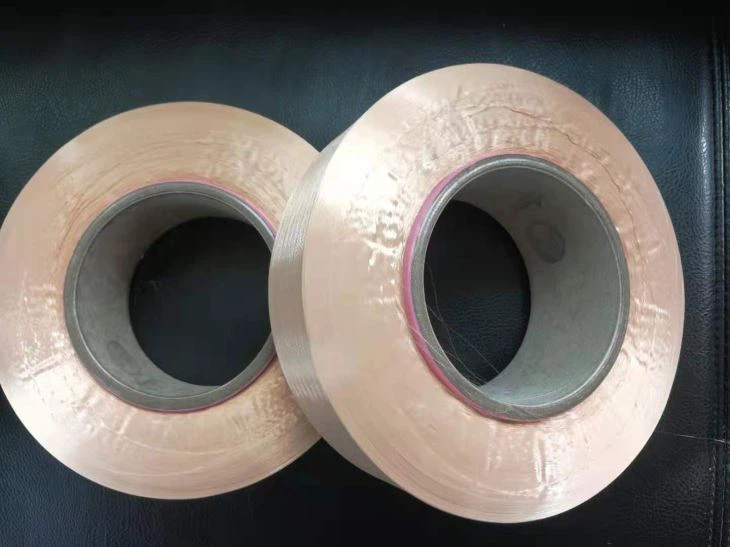
polyester filament dty
Flexibility and Comfort: Polyester DTY’s Advantage
Polyester DTY clearly offers more comfort and flexibility than others. fabric is more comfortable to wear as the texturing technique helps fabric to stretch and maintain its form. It is especially helpful for design of form-fitting clothes and sportswear that must change with the movement of the body.
Although FDY is still appropriate for uses where stiffness is needed, its smooth texture and greater tensile strength make it less flexible.
Which one is more cost-effective?
When weighing cost, Polyester DTY usually proves to be more affordable in certain uses, particularly for textiles and clothing that need less durability but greater flexibility and comfort. Polyester DTY’s easier manufacturing technique helps to minimize the cost of manufacture, so it is more affordable for textiles with fashion orientation.
Conversely, FDY’s entirely drawn and orientational manufacturing technique causes it to often be more costly. Particularly in industrial or heavy-duty textile uses, the great strength and durability linked with FDY justifies the increased manufacturing costs.
Environmental Impact of FDY and Polyester DTY
As was already noted, there is continuous environmental issue related to Polyester DTY and FDY. Both fibers, nonetheless, may be produced using environmentally benign methods. To assist to lower the total environmental impact of both fibers, several manufacturers are progressively using sustainable production techniques like recycled polyester and energy-efficient manufacturing technologies.
Although FDY is usually more energy-efficient, innovative texturing techniques help to manufacture Polyester DTY with a reduced carbon impact. Both fibers are recyclable and biodegradable, which helps the sector’s initiatives toward circular economy promotion.
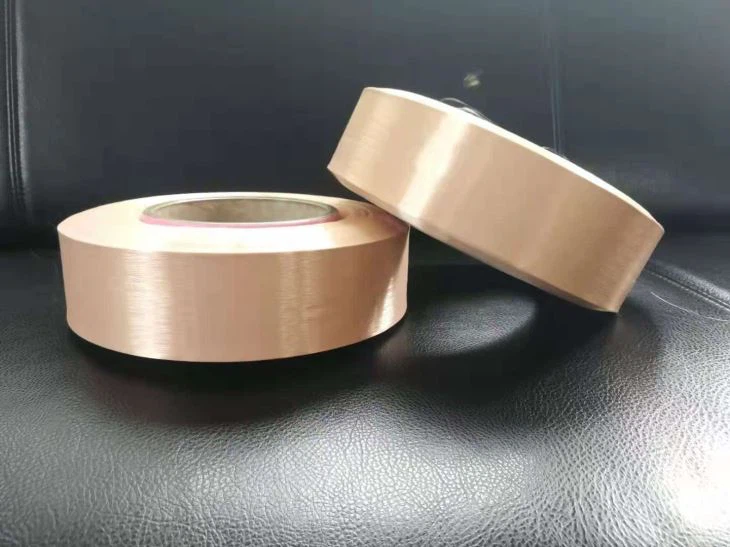
Polyester DTY
Polyester DTY and FDY have different uses and benefits. Perfect in softness, comfort, and flexibility, polyester DTY is best for fashion, sportswear, and clothing needing stretch. For heavy-duty fabrics, industrial uses, and textiles that must resist wear and tear, FDY is a preferable choice since it provides exceptional strength, durability, and smoothness.
Polyester DTY and FDY will be especially important in the manufacturing of a broad spectrum of textile items as the textile sector keeps innovating and implementing more sustainable techniques. Knowing the variations between these two fibers enables producers to choose the appropriate material for their particular requirements, therefore guaranteeing both good performance and sustainability in their goods.
Previous News
Top 8 Versatility and Strength of Polyester Sp...Next News
TOP 8 FDY (Fully Drawn Yarn) High quality polye...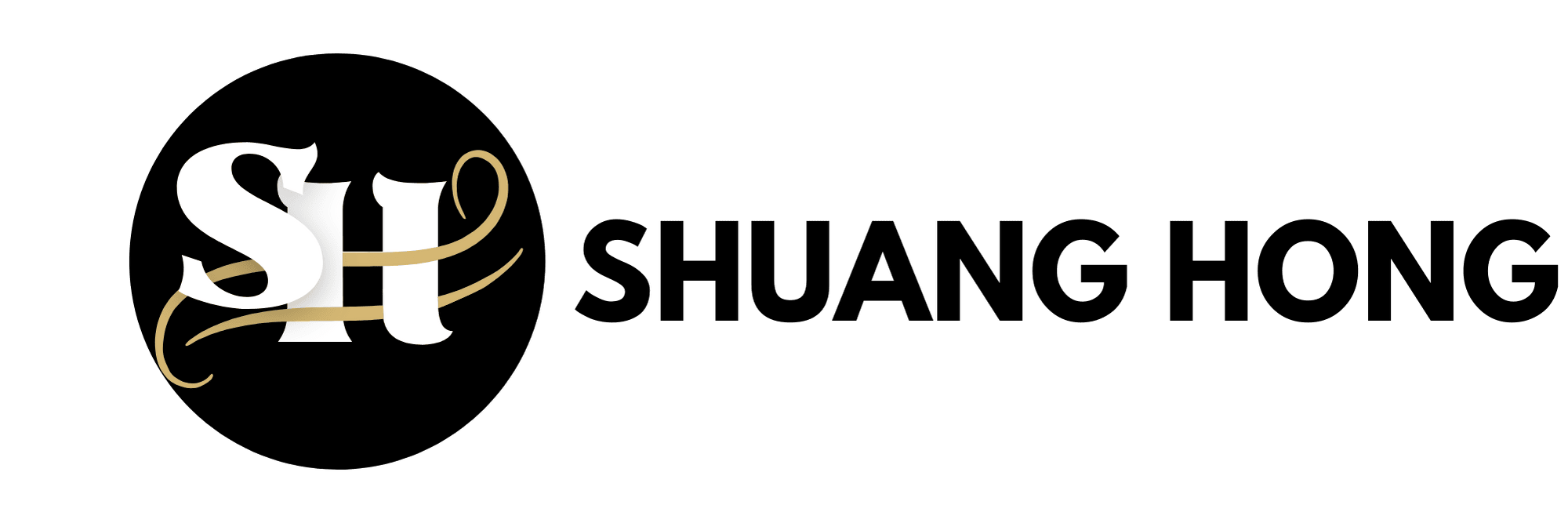
By Yarn
Feature Product
-
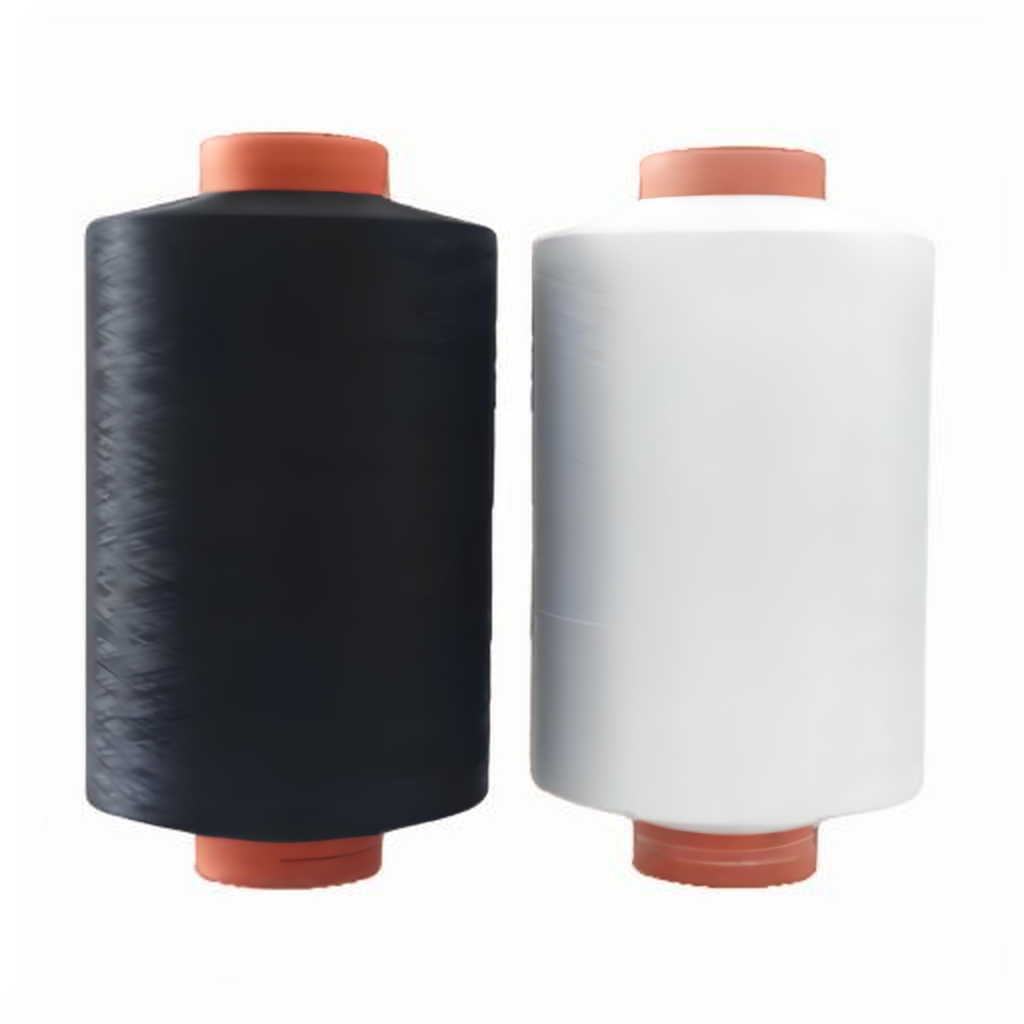 DTY 100D/144F Polyester Yarn
DTY 100D/144F Polyester YarnDTY 100D/144F Polyester Yarn: The Ultimate Guid...
-
 DTY 100D/96F Polyester Yarn
DTY 100D/96F Polyester YarnDTY 100D/96F Polyester Yarn: The Soft, Stable S...
-
 DTY 75D/144F SIM Polyester Yarn
DTY 75D/144F SIM Polyester YarnDTY 75D/144F SIM Polyester Yarn: A Top Choice f...